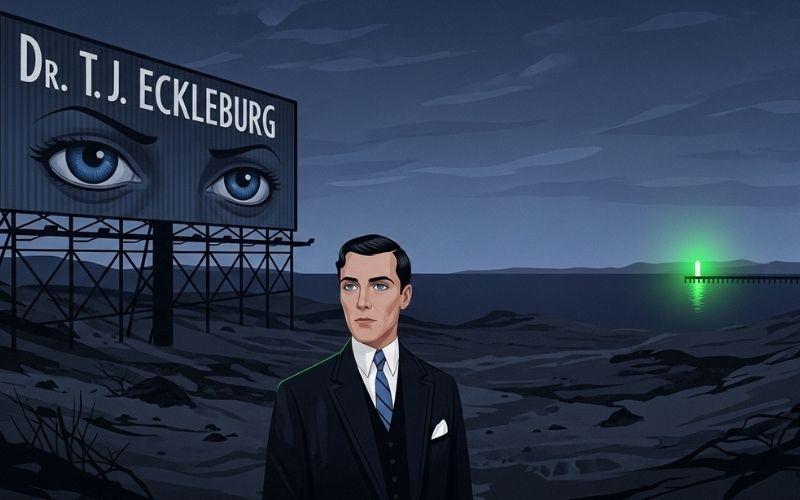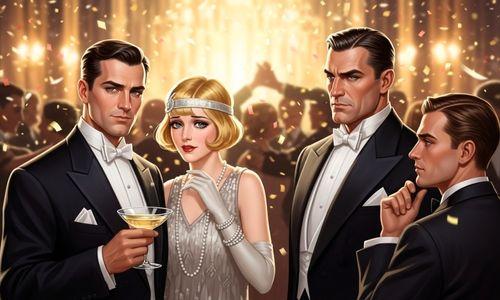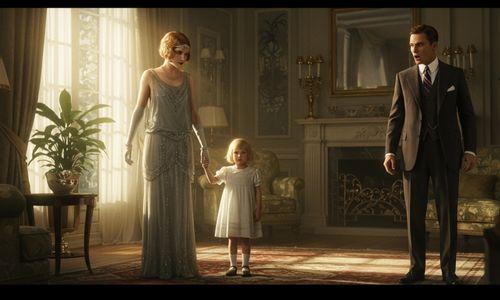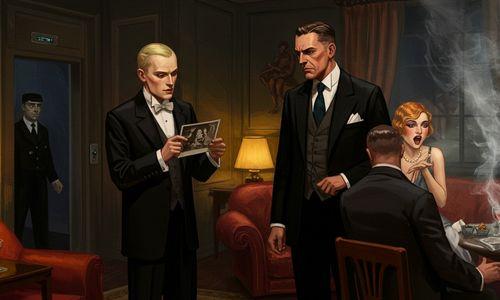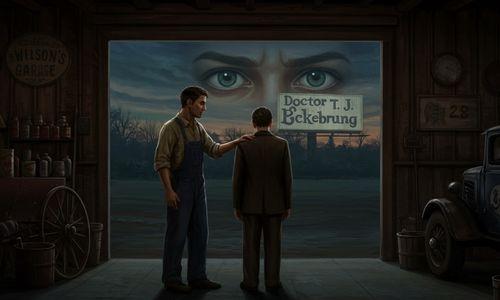Gatsby’s American Nightmare: How Personal Ideals, Not the Dream, Were Corrupted
For nearly a century, F. Scott Fitzgerald’s The Great Gatsby has been read as an elegy for a corrupted American Dream. But what if the Dream itself was never the problem? What if the tragedy lies not in a flawed national myth, but in the flawed individuals who chase it? Our analysis argues that Fitzgerald […]
Gatsby’s American Nightmare: How Personal Ideals, Not the Dream, Were Corrupted Read More »
